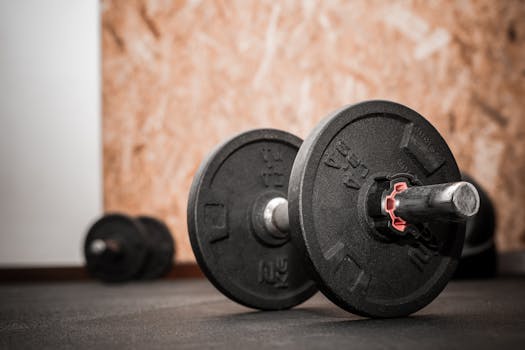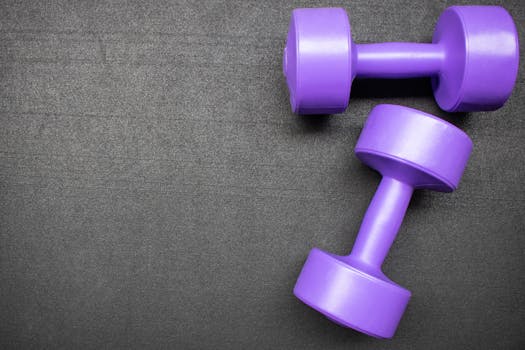
Introduction to HIIT

High-Intensity Interval Training (HIIT) is a popular workout method that alternates short bursts of intense exercise with periods of rest or lower-intensity exercise. This training style has gained traction for its efficiency in burning fat and improving cardiovascular fitness.
Benefits of HIIT for Fat Loss

HIIT is particularly effective for fat loss due to several reasons:
- Increased Caloric Burn: The intense bursts of exercise elevate your heart rate, leading to a significant increase in calories burned both during and after the workout.
- Time Efficiency: HIIT workouts can be completed in a shorter time frame compared to traditional steady-state cardio, making it easier to fit into a busy schedule.
- Metabolic Boost: HIIT can enhance your metabolic rate for hours post-exercise, known as the afterburn effect, leading to additional calorie burn.
How to Structure a HIIT Workout

A typical HIIT workout consists of a warm-up, followed by intervals of high-intensity exercises, and a cool-down. Here’s a simple structure:
- Warm-Up: 5-10 minutes of light cardio (jogging, jumping jacks)
- Intervals: 20-30 seconds of intense exercise (sprints, burpees) followed by 10-30 seconds of rest. Repeat for 15-30 minutes.
- Cool Down: 5-10 minutes of stretching
Types of Exercises for HIIT

HIIT can incorporate various exercises, such as:
- Bodyweight exercises (push-ups, squats)
- Cardio exercises (running, cycling)
- Strength training (kettlebell swings, dumbbell snatches)
Tips for Getting Started with HIIT

If you’re new to HIIT, consider the following tips:
- Start Slow: Gradually increase the intensity and duration of your workouts to avoid injury.
- Listen to Your Body: Pay attention to how your body responds and adjust your workouts accordingly.
- Stay Hydrated: Drink plenty of water before, during, and after your workouts.
Incorporating HIIT into your fitness routine can lead to significant fat loss and improved overall health. Start today and experience the benefits!






